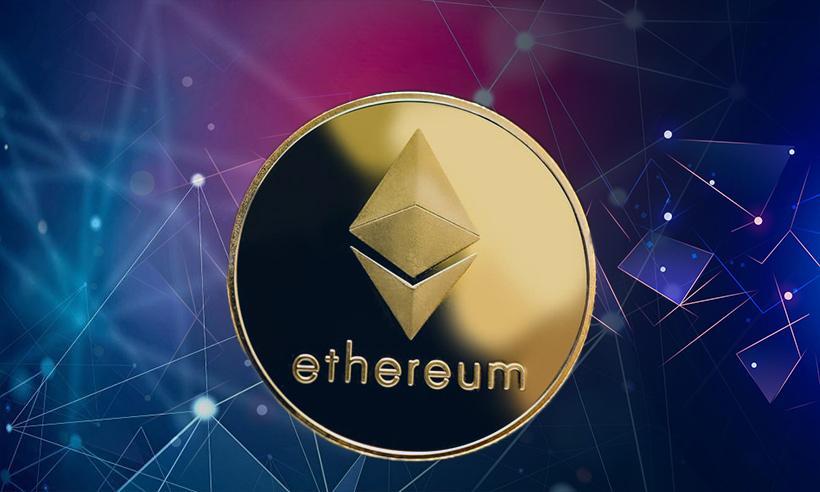May 31, 2022
by Rony Roy
What's fueling Ethereum's Intrinsic Value?
.
Disclaimer: The views and opinions expressed in this article are for informational purposes only and do not constitute financial, investment, or other advice. Investing in or trading crypto assets comes with a risk of financial loss.
Rony Roy is an electrical engineer turned tech author in the Cryptocurrency space. He got block-chained in 2012 and fell in love with tech and its use-cases and has been writing his way through innovations in this emerging sector. Over the years, he has worked with multiple Blockchain projects and premier cryptocurrency exchanges both national and international.
